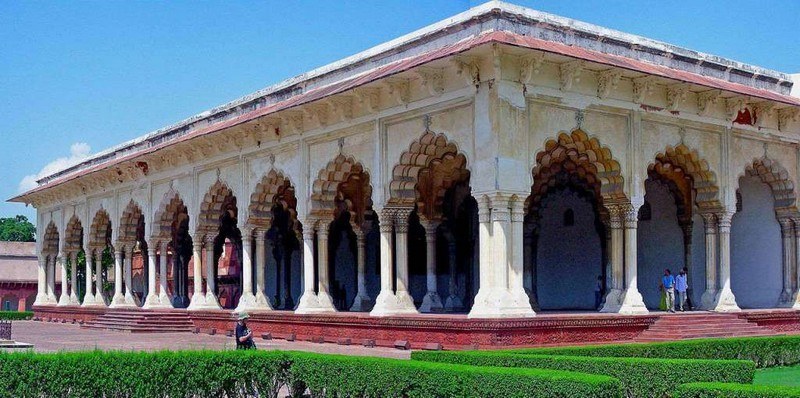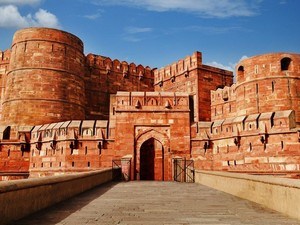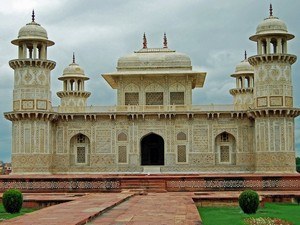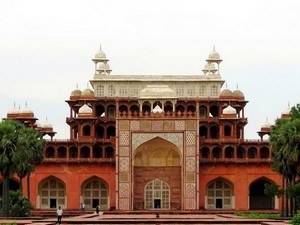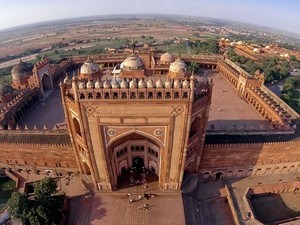Diwan-i-Am - Agra Fort, Agra - Timings, History, Architecture, Best Time to Visit
 India | Uttar Pradesh | Agra
India | Uttar Pradesh | Agra
 #8 of 26 Places to Visit in Agra
#8 of 26 Places to Visit in Agra
 Distance (From Agra Cantonment): 4.5 Kms
Distance (From Agra Cantonment): 4.5 Kms
 Trip Duration (Including Travel): 15 Mins or Less
Trip Duration (Including Travel): 15 Mins or Less
 Place Location: Inside Agra Fort
Place Location: Inside Agra Fort
 Transportation Options: Walk/Trek
Transportation Options: Walk/Trek
 Travel Tips: This place is located inside Agra Fort. No separate entrance fee required. Timings of Agra Fort apply.
Travel Tips: This place is located inside Agra Fort. No separate entrance fee required. Timings of Agra Fort apply.
At a distance of 4.5 km from Agra Cantonment Railway Station and 2.5 km from Taj Mahal, the Diwan-i-Am or Hall of Audience is situated close to Machchhi Bhawan inside the Agra Fort.
Diwan-i-Am was built by Shah Jahan during the years 1628-35 AD. It was the place where the Mughal emperor Shah Jahan (1628-1658) and his successors met general public and heard their complaints. The massive hall has a flat roof and is divided into three sections. Two arched red sandstone gateways on the north and south lead to the hall. The building, originally built in red sandstone, is plastered over with white shell paste resembling white marble. Its ceiling and columns were painted with gold.
In the center of the eastern wall stands a marble canopy under which stood the emperor's throne. The emperor received the general public here and heard their complaints. This chamber was connected to the royal apartments and the royal ladies could watch the ceremonials of the Diwan-i-Am through the marble windows with perforated screens on the right and left of the emperor's chamber. A marble dais below the throne, inlaid with semi-precious stones, was used by the prime minister to receive petitions. The emperor was separated from the courtiers by a gold-plated railing, while a silver railing ran around the remaining three sides of the hall. The audience ceremony is known as Jharokha Darshan.
Behind the canopy, the wall is decorated with panels inlaid with multi-coloured marble stones. They represent flowers and birds and are carved by Austin de Bordeaux, a Florentine jeweler. The hall was restored by Lord Curzon, while the inlay work of the throne recess and the plaques of the arch to the west side of the throne were restored by the Florentine artist, Mennegatti. Bernier gives a full account of the splendid appearance of the hall during the rule of Aurangzeb, as well as the 17th century merchant Jean-Baptiste Tavernier.



